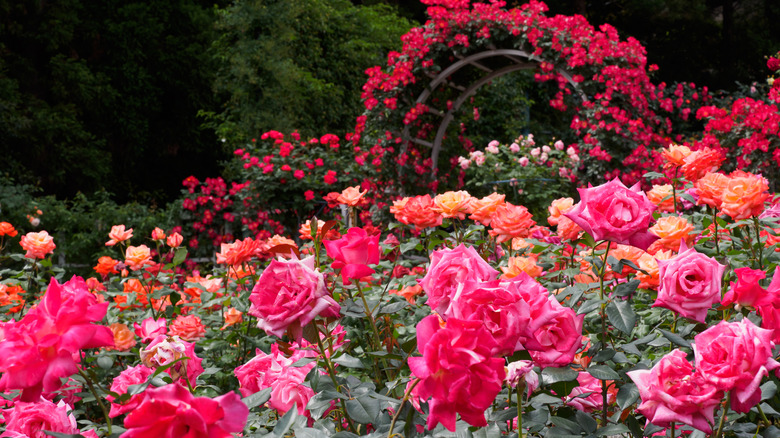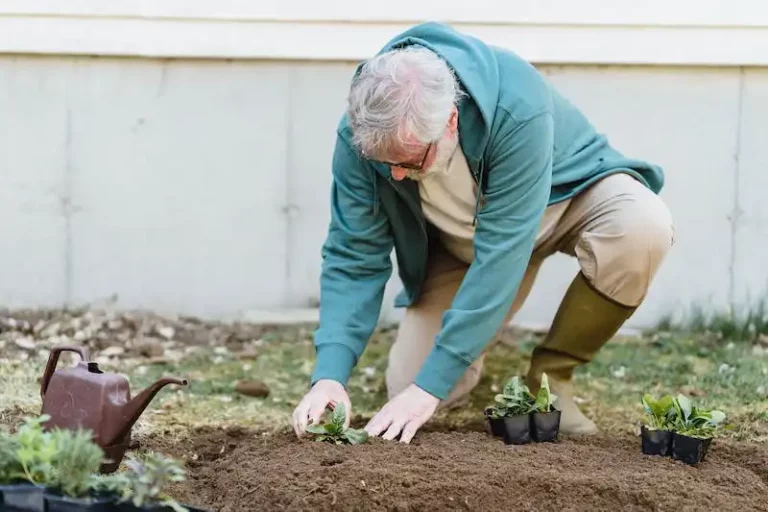The Victorian era is commonly associated with visuals like large bustle skirts, fanciful hats, ornate architecture, and dramatic furnishing. The time period gave us Gothic literary treasures like Edgar Allen Poe and Mary Shelley, as well as romantic figures like those written by the Brontë sisters. So much of Victorian culture in retrospect is wrapped in an aura of mystery and intrigue, and it’s not too far-fetched from the lived reality.
Victorian flower language, or floriography, is one of the many ways those in the Victorian period used codes to communicate, along with fans and parasols. Flower language is just what it sounds like: communicating various things through the arrangement of handling of flowers. In a culture where manners and propriety were paramount, interactions like flirting and gossiping were taboo.
In response, people would use flowers to subtly communicate their feelings, be it good or bad. One of the lasting effects of floriography on today’s society is the association of red roses with love. While we don’t rely on flowers to do our covert communication for us anymore, gardeners may find it fun to incorporate some elements of floriography in their own flower beds.
Tell a love story with roses

Creating a garden around the tenets of floriography is a great way to add somewhat of a narrative to your flower beds. Different flower language books have varying definitions of which flower and arrangement means what, but the stakes are arguably lower for floriography faux pas now than it was in the Victorian era. There’s a lot more room for creativity in your own arrangement and planting of flowers.
In a rose garden, for example, you could tell a love story through the color and varieties of roses. A simple red rose or bridal rose indicates love, whether that be burgeoning or existing. Yellow roses, on the other hand, symbolize jealousy, while white and red roses mixed together are meant to represent unity. Plant a variety of different-colored roses to tell a scandalous romance. Most red flowers convey a sense of romance and passion in Victorian flower language, so you could also go for a full red flower bed for a grand, romantic display.
Signify life events
Floriography also uses flowers to symbolize significant events in people’s lives. Myrtle, for example, is representative of marriage. This actually stems from Queen Victoria herself, who, per English Heritage, had Osborne myrtle added to her first daughter’s wedding bouquet in 1858, creating a royal tradition thereon. Ivy, too, is a flower symbolic of marriage and loyalty.
Similarly, Dittany of Crete is a plant that’s meant to represent birth. Other flowers were used to communicate more solemn emotions, like passion flowers for grief and mourning. Aloe was also commonly gifted to people in times of grief, as were marigolds and harebells. If you want your garden to mark the passage of time and significant events, consider taking a note from Victorian flower language to commemorate them. The Victorians even used flowers to communicate less personal events, like damask roses or milfoil to symbolize war, or rhododendron to warn people to leave. The passage of time and age would be marked with Guelder roses, too.
